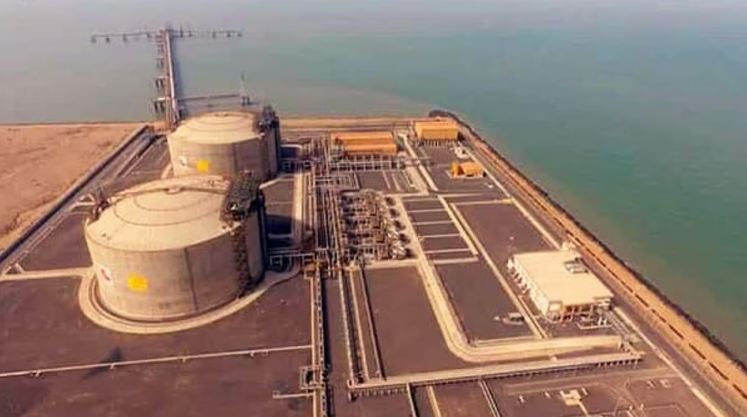LNG imports clock 11.3% growth in June, but Q1 growth remains tepid
psuwatch.com
India
18-07-2024
Share

Increased Power Sector Demand Drives LNG Imports Up by 11.3% in June
New Delhi: On account of increased demand from the power sector, Liquefied Natural Gas (LNG) imports for the month of June saw an 11.3 percent year-on-year increase, according to government data. India imported 2,648 MMSCM (Million Metric Standard Cubic Meters) of LNG in June this year compared to 2,380 MMSCM in June 2023. The total natural gas consumption for June stood at 5,594 MMSCM, marking a 7.1 percent increase from the same month the previous year.
The rise in LNG imports for June was also influenced by a modest 2.9 percent growth in domestic natural gas production compared to the corresponding month of the previous fiscal year. This surge in import demand underscores the power sector's dependency on LNG to meet its energy requirements.
LNG Imports in Q1 of FY25 See Minimal Growth
Despite the significant increase in June, the overall LNG imports for Q1 of FY2024-25 grew by only 0.6 percent compared to the same quarter of the previous financial year. This limited growth is attributed to a sluggish increase in natural gas consumption during the April-June period of FY2024-25 and a relatively higher rise in domestic production. Natural gas consumption in the first three months of FY2024-25 increased by only 3.8 percent to 16,707 MMSCM, while domestic production rose by 5.7 percent to 9,056 MMSCM in the same period. Consequently, the import dependency for Q1 of FY25 for natural gas stood at 46.7 percent.
Government Targets for Natural Gas Share in Energy Mix
The share of natural gas in India's overall energy consumption has remained static at 5.8 percent over the past six years. The Indian government has set an ambitious target of increasing this share to 15 percent by 2030. The country's natural gas consumption was 64,144 MMSCM in 2019-20, rising by 3.8 percent to 66,634 MMSCM in 2023-24. The spike in June is largely due to seasonal demand from gas-based power plants, which have been mandated by the government to operate at full capacity to meet peak power demands during the summer months.
Future Projections and Strategic Measures
To achieve the 2030 target, the government is focusing on expanding infrastructure, including LNG regasification terminals, pipeline networks, and boosting domestic production capabilities. Initiatives like the North-East Gas Grid and the Pradhan Mantri Urja Ganga project are expected to enhance connectivity and access to natural gas across the country, promoting a shift towards cleaner energy sources.
Furthermore, the government is encouraging the adoption of gas-based power generation through policy measures and incentives aimed at improving the viability and competitiveness of natural gas in the energy market. This includes facilitating long-term LNG import contracts, reducing taxes and tariffs on natural gas, and providing financial support for the development of gas infrastructure.
International Collaboration and Market Dynamics
India is also seeking to strengthen its energy security through international collaborations and diversifying its LNG import sources. Recent agreements with countries like the United States, Russia, and Qatar aim to ensure a stable and affordable supply of LNG. The global LNG market dynamics, including price fluctuations and supply chain disruptions, will continue to play a crucial role in shaping India's natural gas strategy.